7 tips to help you choose the right EV
Choosing the right EV is hard, but these seven tips can help you make that decision
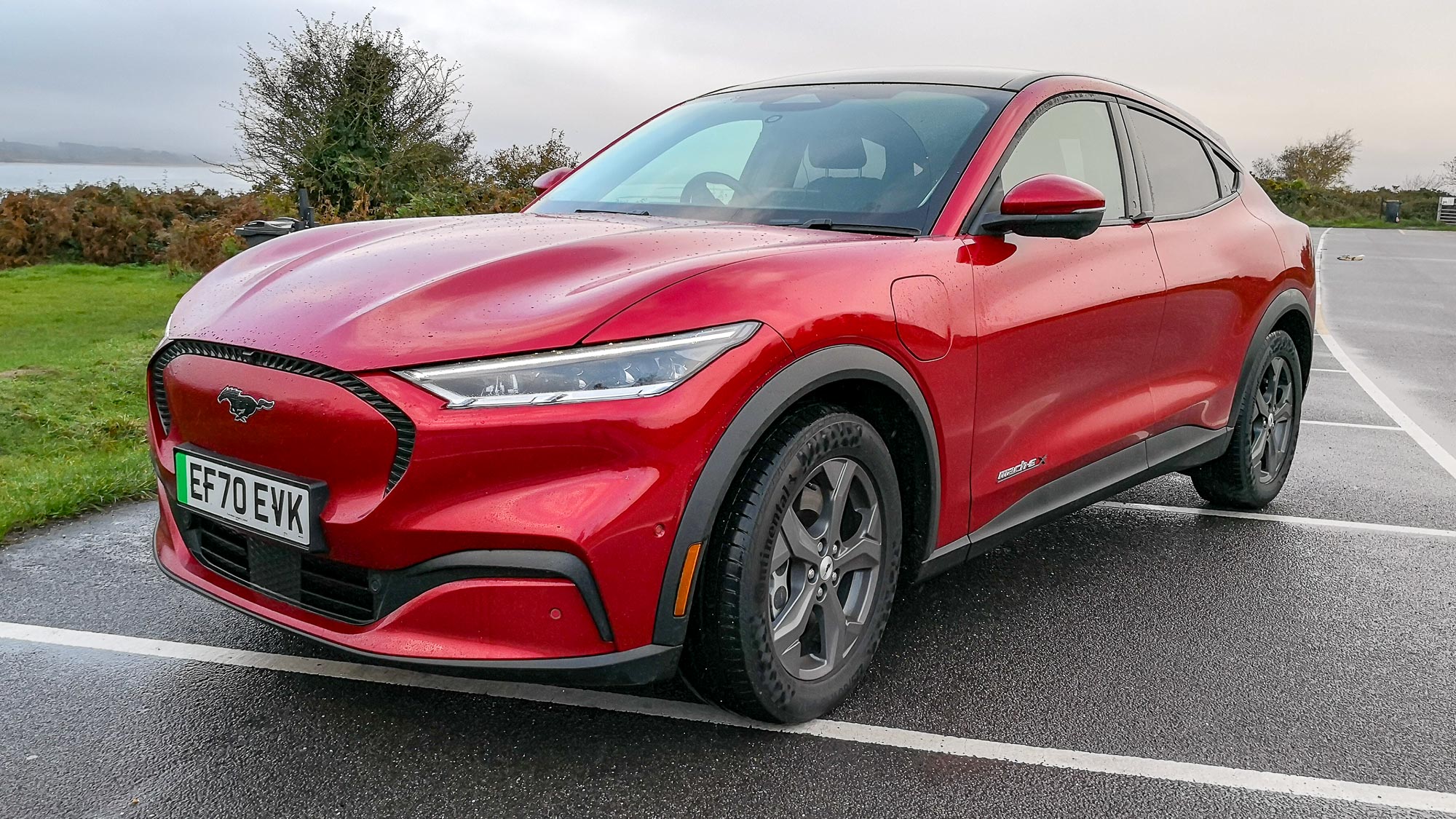
Making the switch to an electric car can be a daunting task, least of all because you have to decide which car you’re going to buy. The number of automakers releasing EVs is growing all the time, and that can make it difficult to decide how to choose the right EV for you.
That’s especially true if you’ve never owned an electric car before. While you may have read our essential tips for buying an electric car, you still have to figure out which car is the one you want. Buying a car is a very personal experience, and just because your best friend is happy with one of the best electric cars doesn’t necessarily mean they have what you want.
Here are 7 tips to help you choose the right EV for you.
Figure out how much you’re able to spend

The major downside to buying an electric car is the high cost of entry. Prices are much higher than you’d expect from a similar-performing gasoline-powered vehicle. As with anything, the amount you have to spend is going to be one of the major deciding factors.
You also have to factor in the federal EV tax credit, an incentive which is worth up to $7,500. That can make a huge difference, though you will need to pony up the money to buy the car before you can get the IRS involved. Here are 10 great EVs eligible for the federal tax credit. Right now, all EVs are eligible, except those sold by Tesla and General Motors thanks to them selling more than 200,000 plug-in vehicles. Automakers are lobbying to have this sales threshold removed, but it's unclear how successful they will be.
While there aren’t a great many budget EVs on sale in the United States, there are some great cars at the cheaper end of the spectrum. The cheapest right now is the Nissan Leaf, which has a starting price of $27,400. Also available is the electric Mini SE at $29,900, the Chevrolet Bolt at $31,500, and the Hyundai Kona Electric at $34,000.
If you have more to spend, your options grow considerably, with the likes of the Hyundai IONIQ 5, Kia EV6 and Polestar 2 all starting between $40,000 and $45,000. Meanwhile your cheapest Tesla option is the $46,990 Tesla Model 3.
Just remember that the cheaper EVs do come with some trade-offs. Whether that’s because they have shorter ranges, or lack flashy features like autonomous driver assistance.
Don’t discount the hybrid option right off the bat

In the age of inflation, and having to figure out how to find cheap gas, EVs are more appealing than ever. But they may not be the best option for you. Whether you’ll struggle to justify the extra initial cost, can’t install a car charger at home or don’t live in an area with adequate car charging infrastructure.
Should you go for a hybrid instead? The hybrid system will improve your gas mileage, and reduce your consumption, and they’re significantly cheaper to buy. However they do still burn gasoline fuel, and put you at the mercy of local gas prices — even if you have a plug-in hybrid model.
The question to ask yourself is why you want to drive an EV, and if the hybrid option (with its reliance on gasoline) would meet most, or all of your needs.
How much range do you really need?
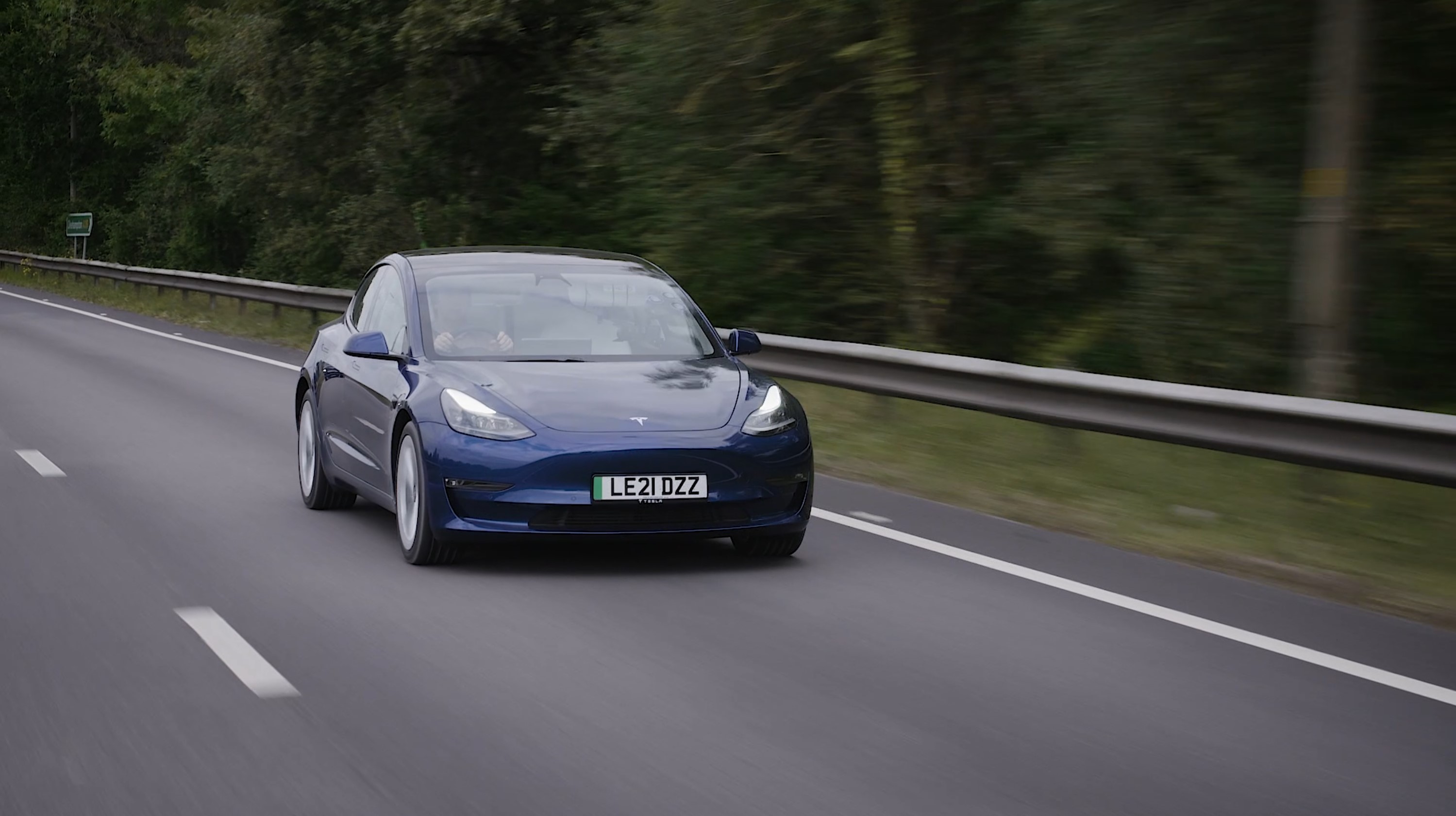
Range is good and having lots of range is the best option, right? That’s true to some extent, but you still have to consider how many miles you’re driving on average. Long range typically requires a mix of large batteries, lightweight materials and aerodynamic design.
None of that comes cheap, and there’s a reason why the electric cars with the longest range are also some of the most expensive you can buy. So is it worth spending so much more money for a longer range EV?
Say, for example, your daily commute is a 100-mile round trip. Do you need a car that can travel 300 miles on a single charge? Unless you’re making even longer trips on a regular basis, it’s probably not worth it. Especially since finding an EV charger along your route is getting easier all the time
However you should remember that a range estimate is a best-case scenario. Much like gasoline, your electric consumption will fluctuate based on how you drive, so it helps to have a little bit more range than you need.
What do you need the car for?
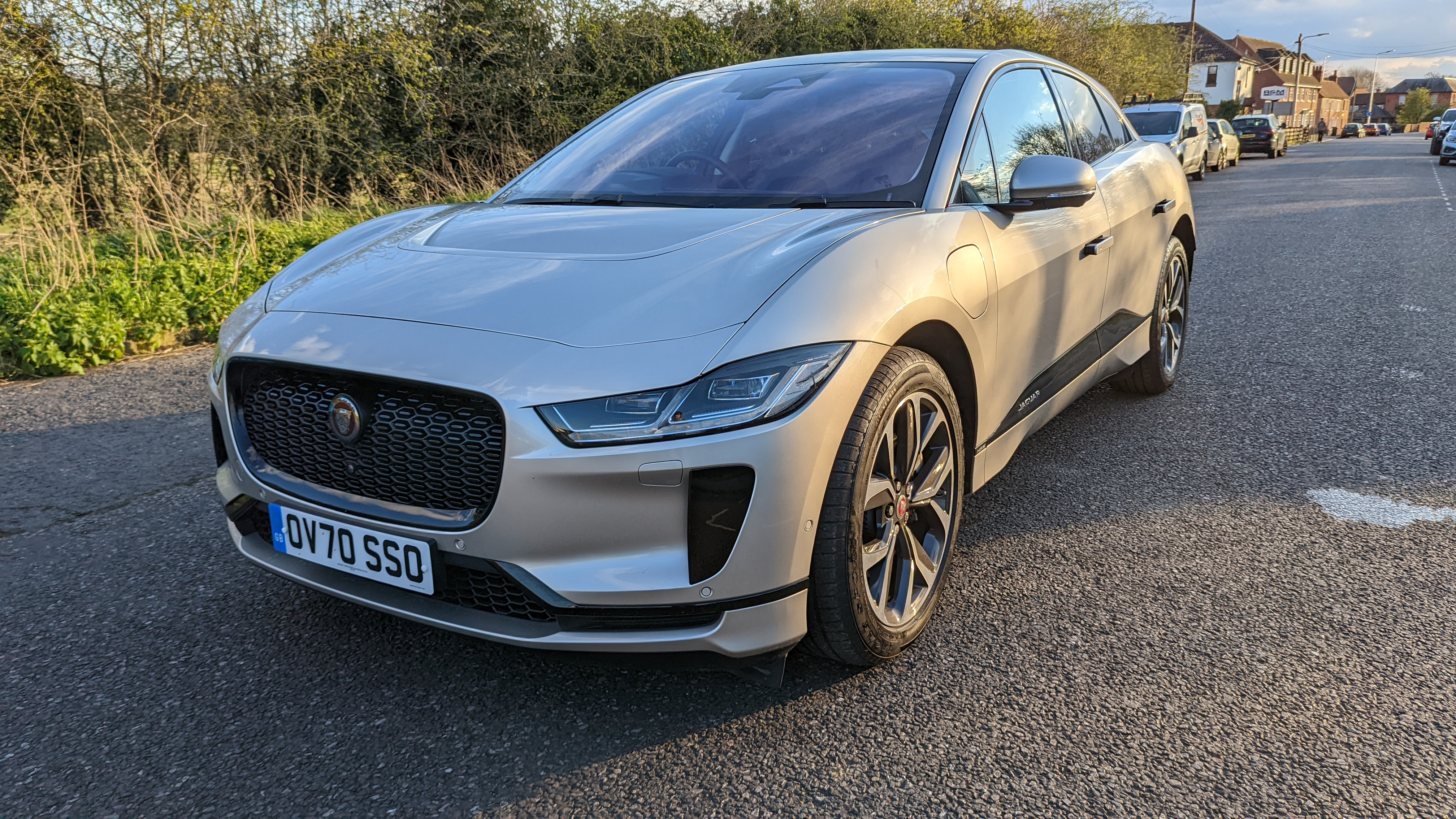
One thing to remember whenever you buy a car, regardless of how it’s powered, is what you’re going to use it for. Your circumstances matter, because there’s little point buying a car with a design or features that will go unused.
If you only need a city car to get yourself, and maybe a couple of passengers, a compact hatchback like a Nissan Leaf or Mini SE might be a better option than a larger and more expensive SUV. But if you have a bunch of kids, and need to taxi a bunch of sports equipment or friends around, then the SUV’s roomy interior and extra cargo space. And electric SUVs are very roomy, a lot more so than you might be used to.
Naturally if you’re going to be hauling a lot of stuff around, or towing things on a regular basis, then an electric truck may be the most appealing option available to you. Whether that’s the Rivian R1T, Ford F-150 Lightning or the upcoming Tesla Cybertruck.
Do you need top-tier performance?

One of the benefits to going electric is the performance boost. Electric motors respond instantly, getting you moving much faster than if there was an engine under the hood. And additional motors to the drivetrain can offer extra boosts of power to get you going.
But while specs like horsepower and 0-60 times may look impressive on paper, they aren’t for everyone. Driving fast is fun, but if it’s not something you value then there’s no need in paying extra money for high performance options.
Not only are performance cars more expensive, they may end up sacrificing range in the quest for speed. Take the $55,990 Tesla Model 3 long range, for instance. This car has a range of 358 miles, a top speed of 145mph and a 0-60 time of 4.2 seconds. Which is not too shabby, but far from the best Tesla can offer.
The Performance model, on the other hand, costs $7,000 more, with a top speed of 162 mph and a 0-60 time of 3.23 seconds. But it also loses range in the process and can only offer up to 315 miles per charge. Not a small amount by any means, but is $7,000 and better speed worth the loss in range?
So before you go paying for the high-performance options, ask yourself whether you really need it or if it just sounds cool.
Which cars are actually available?
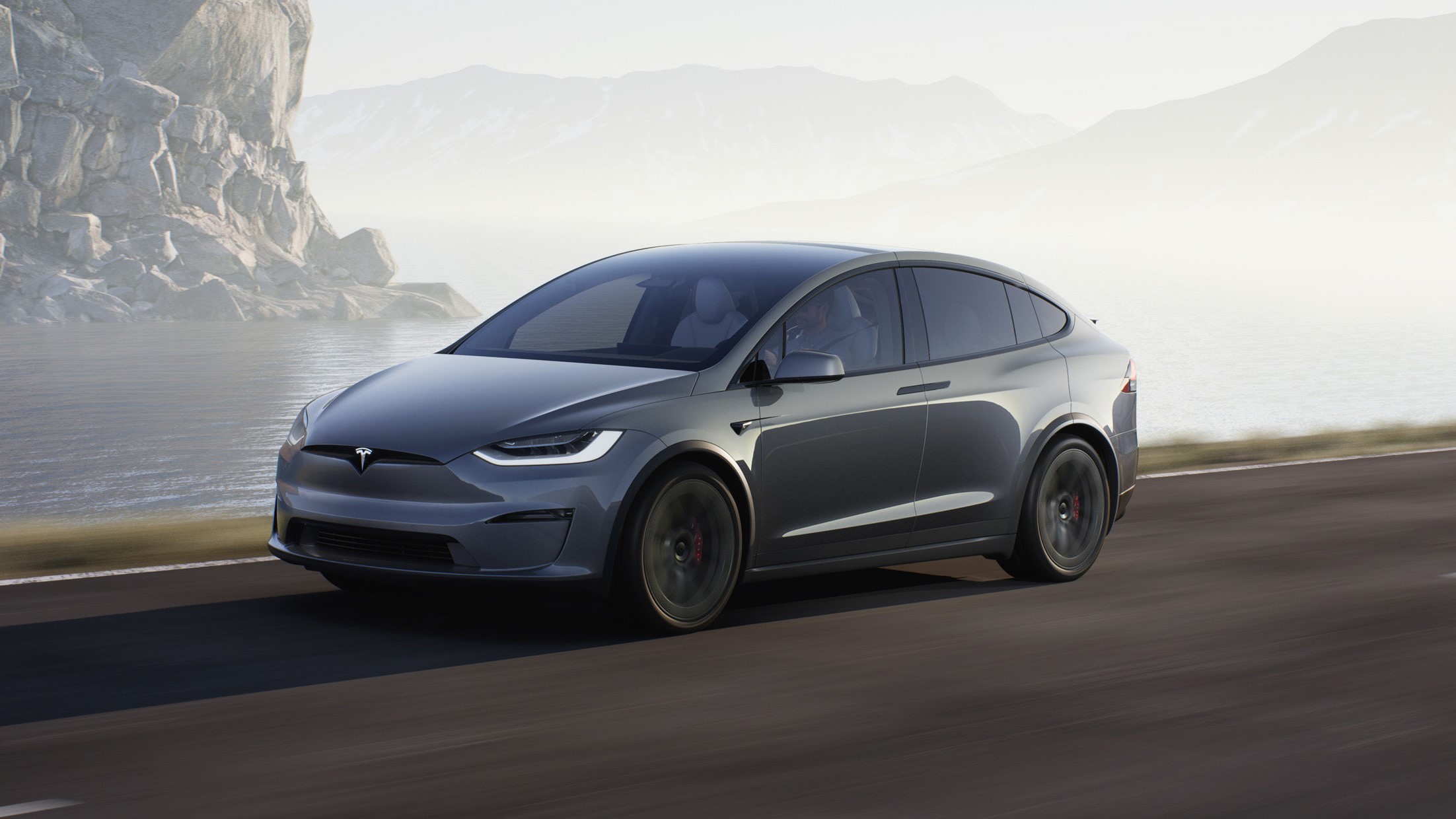
Supply chain issues have had a huge impact on the tech industry, and the car industry has been hit pretty badly. Production on new cars has slowed as a result, and EVs are just as affected as gasoline-powered cars. That means you could be waiting several months to a year depending on which car you want.
The Tesla Model X is a great example of this, with current estimates promising Tesla wait times of eight to 11 months. That’s if you’re lucky, though, with some customers reporting that their early 2021 orders are also delayed to Spring 2023.
You may find that certain models or configurations are available at nearby dealers, or have much shorter wait times. The car you’re waiting for probably isn’t your dream car, and compromising on certain things can get you and your EV onto the roads much more quickly.
Don't forget about leasing or the used market
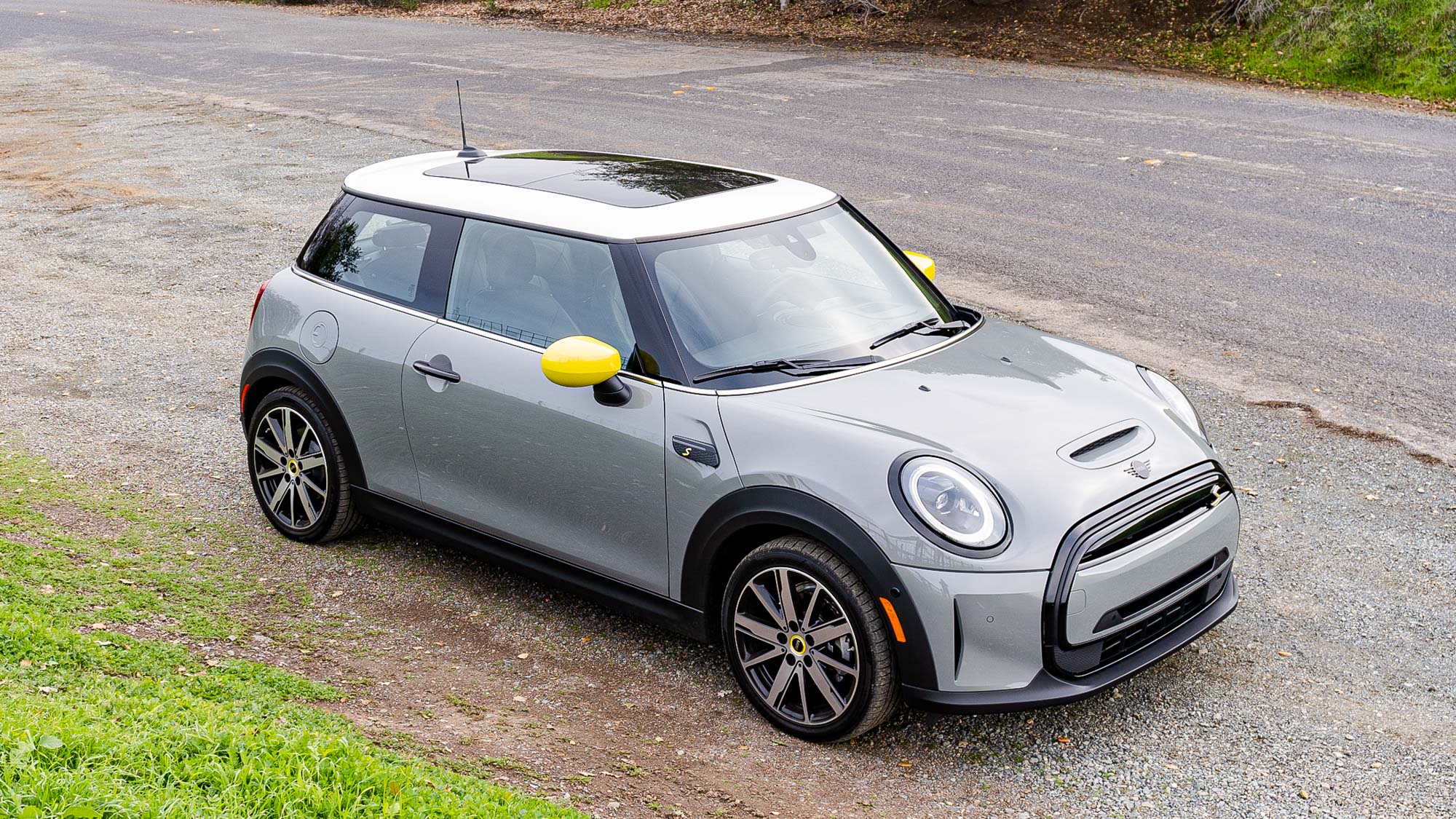
Speaking of cars that are available, don’t forget that there are alternatives to buying a brand new EV. You need to figure out whether you should buy or lease a car, and if you’re buying whether you’re better off buying a used electric car.
Leasing obviously takes away most of the financial pressures of acquiring an EV, though the fact you don’t own it outright means there are limitations to its use. Meanwhile a used EV could save you money compared to buying new, and doesn’t suffer from the same lengthy waiting periods. The compromise is that the car is older and may have some wear and tear.
However buying used or leasing means you’re at the mercy of what’s available at the time — which limits your choice. That’s a trade-off you have to accept for not paying quite so much, or waiting months for your car to arrive.
But limited choice may make it easier to pick the car that’s right for you. Just in case you were feeling overwhelmed by the amount of choice currently available when ordering a brand new EV.
Sign up to get the BEST of Tom's Guide direct to your inbox.
Get instant access to breaking news, the hottest reviews, great deals and helpful tips.

Tom is the Tom's Guide's UK Phones Editor, tackling the latest smartphone news and vocally expressing his opinions about upcoming features or changes. It's long way from his days as editor of Gizmodo UK, when pretty much everything was on the table. He’s usually found trying to squeeze another giant Lego set onto the shelf, draining very large cups of coffee, or complaining about how terrible his Smart TV is.
